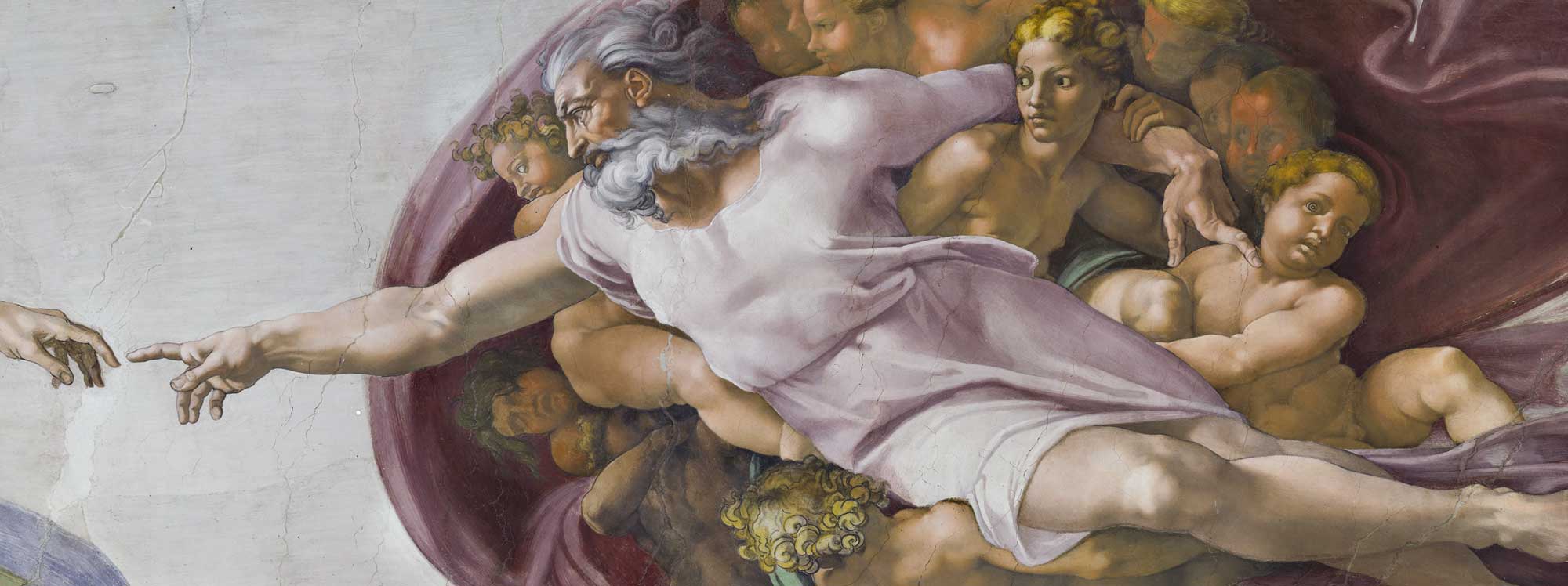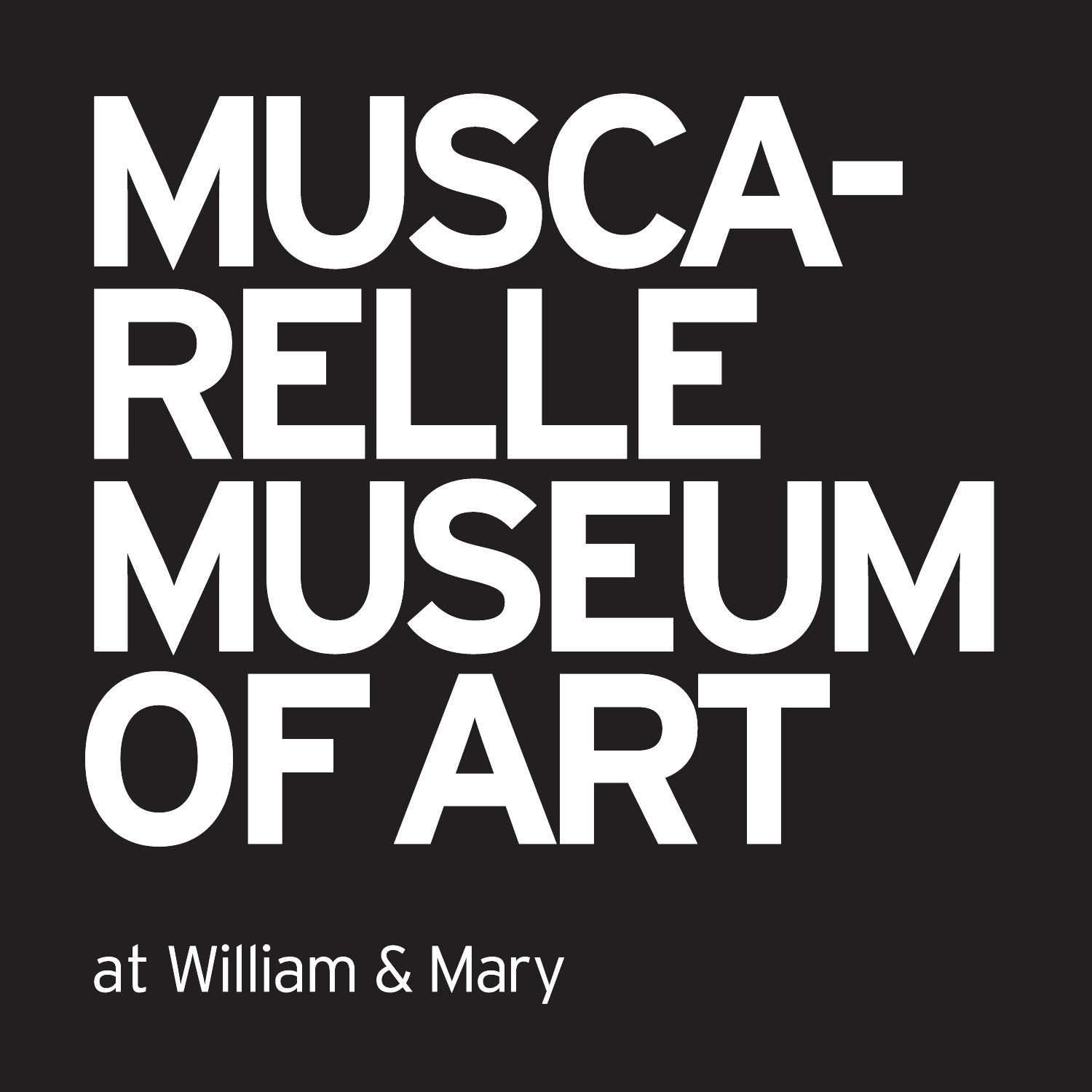
Michelangelo: The Genesis of the Sistine – Glossary of Terms
Charon a figure in Greek mythology, who transported souls of the dead to the underworld by boat.
Chiaroscuro (Italian for “light-dark”) refers to the use of light and dark shading within a composition to create modeling of forms.
Corbel generally refers to an architectural feature that projects from a wall to support beams. It can also be purely decorative. Michelangelo used painted corbels as a device to frame images of the sibyls and prophets on the Sistine Chapel ceiling.
Cumaean Sibyl a priestess and prophet of the Greek god Apollo located in Cumae, a Greek colony.
Ducat refers to a gold coin used as historic currency in Europe. Originating in Venice.
Fresco is the art of pigment painting on wet plaster.
Hatching is the use of a series of lines to create modeling, texture, and the illusion of light.
Iconography refers to the use of traditional visual images and symbols that provide the viewer with a means of identification and interpretation.
Ignudi (Italian for “naked” in the plural form) refers to the twenty seated nude male figures Michelangelo included in the Sistine Chapel ceiling fresco.
Ignudo (Italian for “naked” in singular form)
Julius II (Giuliano della Rovere) held the title of pope from 1503-1513 and was one of the greatest art patrons in papal history. He is also known as the Warrior Pope.
Lunette (French for “little moon”) in this exhibition refers to the arched areas on the Sistine Chapel ceiling where Michelangelo painted the forefathers of Christ.
Pentimenti (Italian for “repentance”) refers to changes or alterations an artist makes in their composition and, for drawings, appear as traces of the previous marks.
Recto refers to the front side of a single sheet of paper.
Verso refers to the back side or reverse of a single sheet of paper.


